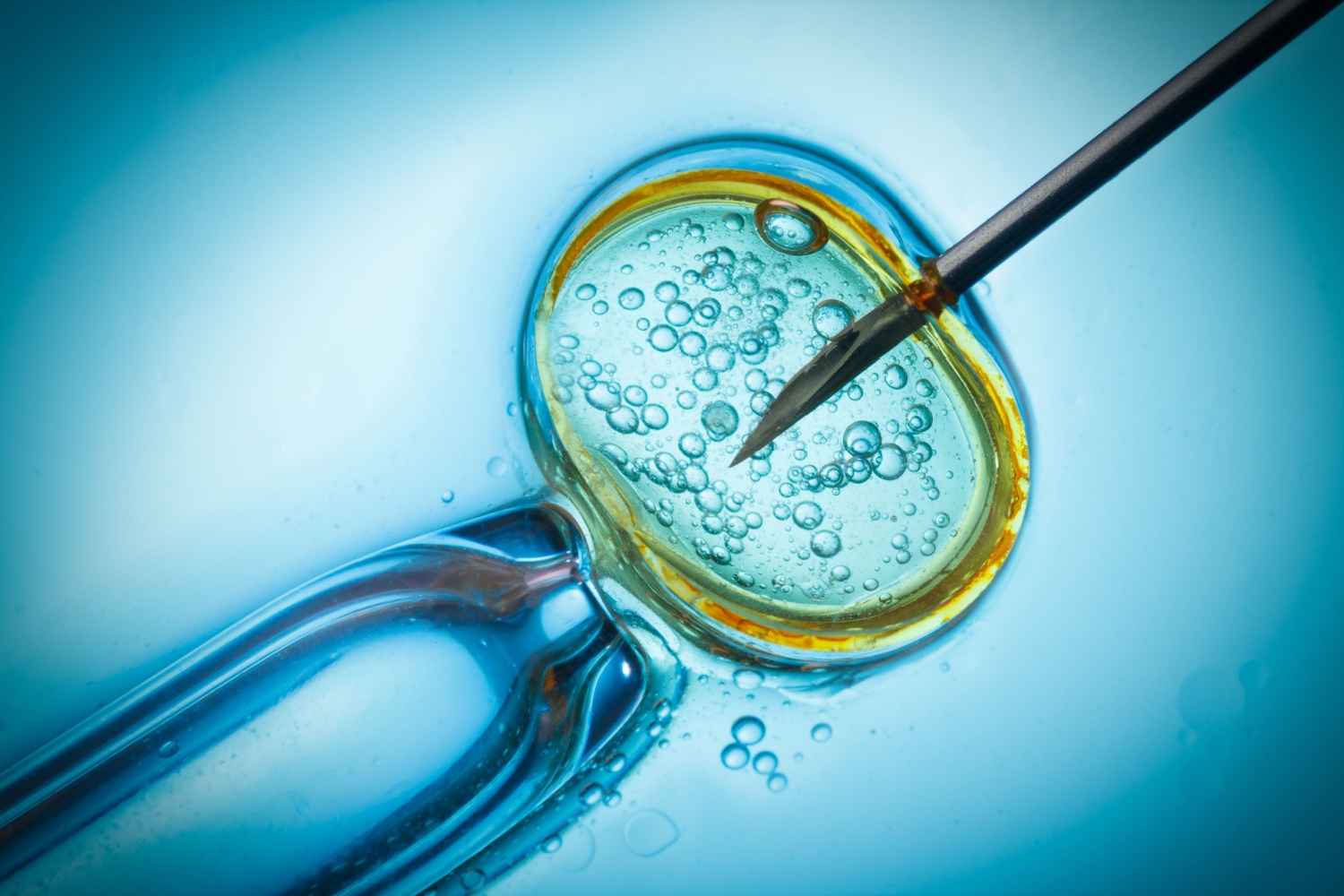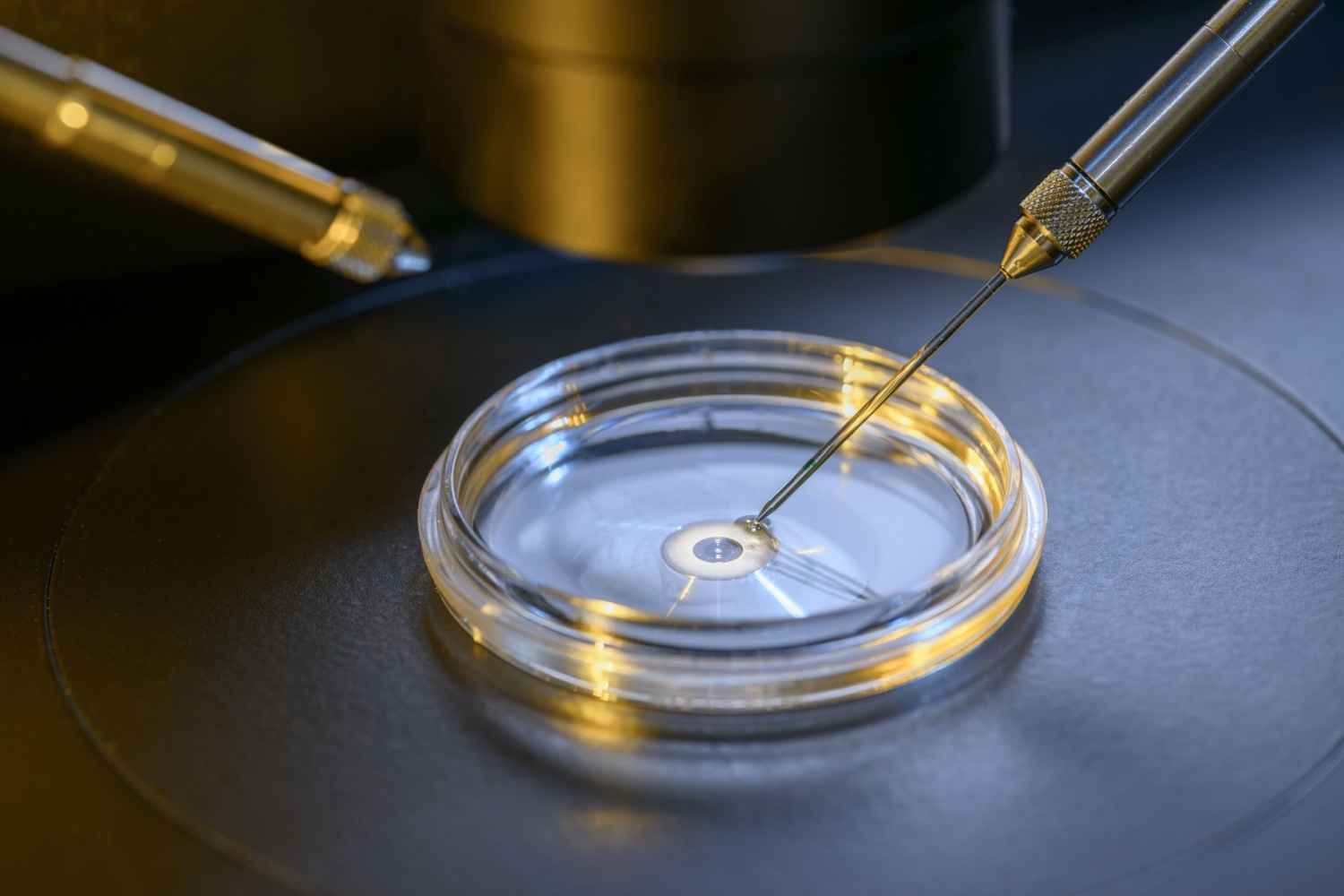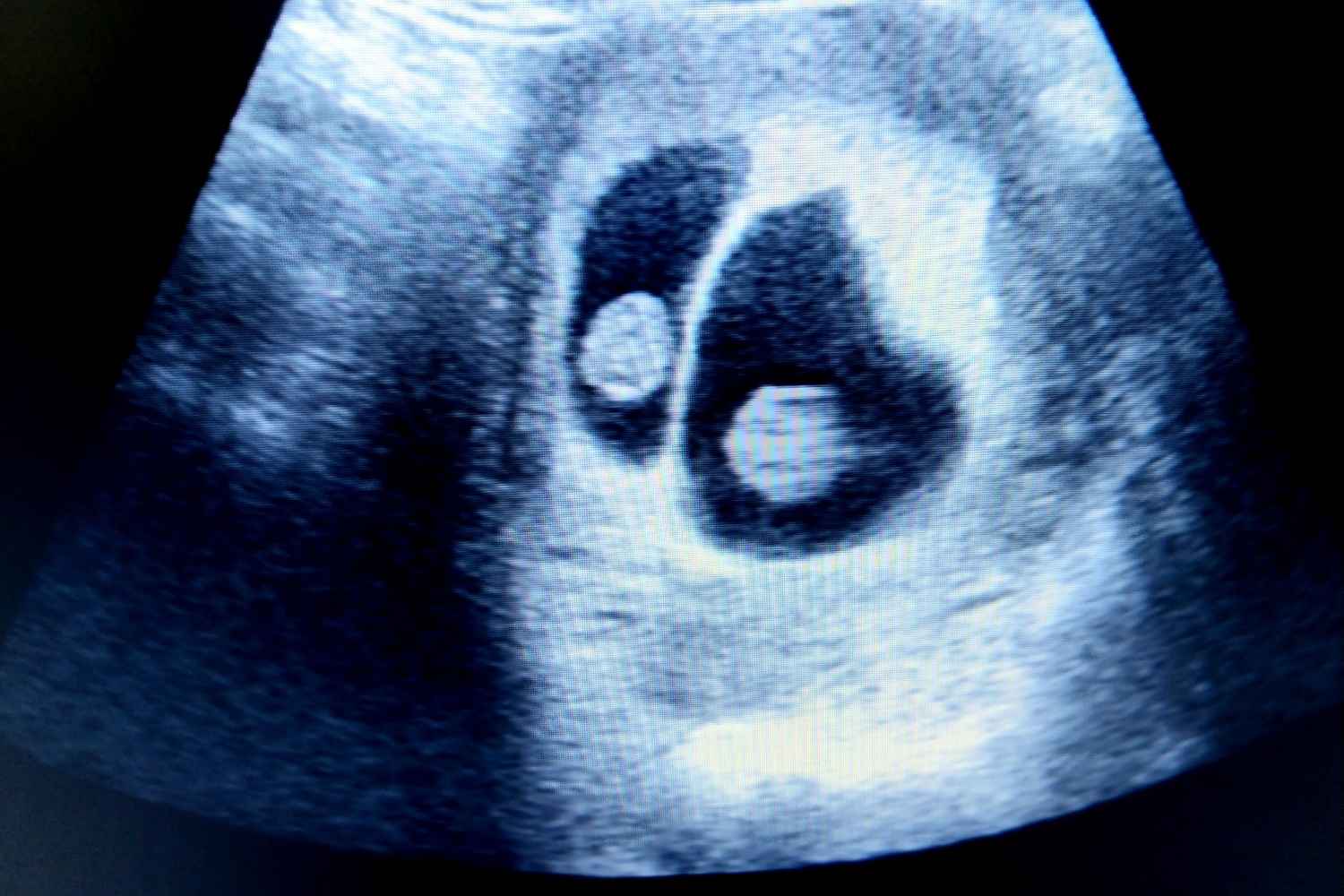
The hatching of an embryo is an important step during the process of implantation. Sometimes, this process fails even in an IVF procedure. To overcome this, embryologists take the help of Assisted Hatching. This helps overcome all hurdles that come in the way of implantation and ensures a successful pregnancy.
The human egg has a protein shell surrounding it called zona pellucida. This shell has an important role in the development of an embryo. As fertilization occurs, this shell hardens, preventing the embryo from implanting prematurely. Once the embryo is ready to implant, this shell starts thinning by expanding. This creates a crack from where the embryo emerges out, leaving the protein shell behind. This is the natural process of Hatching.
In This Article
- What is Assisted Hatching?
- Who Can Benefit From Assisted Hatching?
- Methods of Assisted Hatching
- Procedure of Assisted Hatching
- Possible Risks of Assisted Hatching
- Cost of Assisted Hatching in India
- FAQ’s
What is Assisted Hatching?
Assisted Hatching is a laboratory procedure that is mainly used as an aid to In Vitro fertilization(IVF) procedure (1). Here, a small hole is created in the zona pellucida of the embryo using various techniques. Zona pellucida is a thick membrane surrounding the developing embryo. As the embryo grows, it breaks out of this protective shell.
A small crack is made just before transferring the embryo in the uterus. This facilitates the expansion of the embryo following implantation into the uterine wall. So, this technique aims at improving the clinical pregnancy rates in those couples with prior IVF failure (2)
Who can benefit From Assisted Hatching?

According to studies, this procedure increases the chances of embryo implantation in addition to allowing earlier endometrial-embryo contact (3). This greatly improves implantation efficacy and can benefit the following people.
1. Couples With Prior IVF failure
Though, most of the time IVF treatments are successful, but, in a few women there might be chances of failure. Women with two or more unsuccessful IVF attempts can benefit from this process (4). Introducing this method to the implantation phase of IVF can greatly help in achieving a successful pregnancy.
2. Women Older Than 37 Years of Age
It is a known fact that ageing reduces fertility. Women face difficulty in conceiving, as they age. In such women, even the first attempt at IVF treatment can have good results. One theory suggests that aging can lead to hardening of zona pellucida resulting in implantation failure.
3. Thawed Embryos
Frozen embryo transfer or thawed embryos usually have hardened zona pellucida (5). This might make the natural hatching process a bit difficult.
4. Elevated FSH Levels
FSH is the follicle-stimulating hormone that regular tes the menstrual cycle and stimulation of eggs in the ovaries. High levels of this hormone in the body may cause thicker zona pellucida shells (6). The thicker shell can affect the implantation process.
Methods of Assisted Hatching

Embryologists use any of the following methods for achieving successful hatching. They are:
a. Laser Assisted Hatching (7)
This is the most common method of hatching as it takes very little time. It is comparatively easier than the other methods and is mostly used in Day 3 or 5 embryos. It involves creating a tiny hole in the embryo or the zona pellucida shell, using a laser beam. This hatching takes place just before the transfer of the embryo.
b. Chemical Assisted Hatching (7A)
This method was mostly in use in the past. It involves perforating the zona pellucida layer using an acidic chemical, called Tyrode solution. Using the acidic solution, a small hole is created on the embryonic surface. After perforation, washing the embryo is the next step. It is then ready to transfer to the uterus.
c. Mechanical Assisted Hatching (7B)
In this process, firstly the embryo is stabilized using a micropipette. After that, using a microneedle a hole is created in the membrane.
d. Mechanical Expansion of Shell (7C)
Here, instead of creating any hole, hydrostatic pressure is created that causes expansion of the zona pellucida. Naturally, an embryo hatches itself due to expansion of the shell .
e. Drilling (7D)
This method involves the use of piezo technology , where an opening is made due to vibratory movements. Vibrations result in creating a conical opening in the shell.
A study suggested that laser-assisted hatching of embryos results in better chances of implantation in comparison to other methods of hatching (8)
Procedure of Assisted Hatching
The most common method used nowadays is Laser Assisted Hatching.
- Firstly, the ova and the sperm are allowed to fertilize in the laboratory under optimal conditions.
- On day 3 of fertilization, this procedure starts when the embryo is at the 8-cell stage.
- Under a microscope, perforation of the zona pellucida happens using a laser beam. A 1480 nm diode laser is generally used for this. [7]
- Micropulses of laser release energy in the embryo cell which dissolves it creating a breach.
- After successful hatching, the embryo is ready to transfer into the uterus.
Possible Risks of Assisted Hatching

Manipulation of an embryo can result in a few possible risks. Some of them are:
1. Embryo Damage
There are slight chances of damage to the embryo during hatching. This can happen before, during, or after the procedure. Damage to the embryo means there will be difficulties in implantation and pregnancy.
2. Multiple Births
There are high chances of identical twins or conjoined twins due to the process. This can happen if, during the process, the embryo cleaves into two. The two halves can grow and lead to twin births. Multiple births might not be pleasant for some parents.
3. Infection of Embryo
Manipulation of embryos can increase the risk of infection. Therefore, patients are often prescribed antibiotics.
Cost of Assisted Hatching in India
Many times, the cost of assisted hatching is already included in the IVF package in clinics where they routinely do this technique. Otherwise, the cost of this process may range between INR 15000 to 30000.
Other factors that determine the visit are the location of the fertility clinic. Usually, charges in metro cities are higher. Other factors include the number of embryos and the type of treatment.
Assisted hatching helps older women conceive successfully through IVF. This technique has proven to be an Aid to the IVF process. If you are struggling to get pregnant or having repeated failures at IVF, then don’t hesitate to discuss this with your specialist.
FAQ’s
1. How Long Does it Take For an Embryo to Implant With Assisted Hatching?
Normally, hatching happens six days after fertilization. In assisted hatching, if the embryo is 5 day old at the time of hatching, It will take another 1-2 days to implant.
2. Does Assisted Hatching Increase The Chances of Pregnancy?
Yes, assisted hatching increases the chances of pregnancy by increasing the chances of implantation. A successful implantation into the uterine pregnancy means a successful pregnancy.
3. Do All Women Planning For IVF Need Assisted Hatching?
This procedure is not recommended for all women planning IVF. It’s highly useful in women more than 37 years of age or those with prior IVF failure.
References
- Assisted hatching of fertilised eggs in assisted conception (IVF and ICSI) | Cochrane – [https://www.cochrane.org/CD001894/MENSTR_assisted-hatching-fertilised-eggs-assisted-conception-ivf-and-icsi]
- Role of assisted hatching in in vitro fertilization: a guideline – ScienceDirect – [https://www.sciencedirect.com/science/article/pii/S001502821400497X]
- Assisted hatching facilitates earlier implantation – ScienceDirect – [https://www.sciencedirect.com/science/article/pii/S001502821656289X]
- Assisted hatching increases the implantation and pregnancy rate of in vitro fertilization (IVF)-embryo transfer (ET), but not that of IVF-tubal ET in patients with repeated IVF failures – PubMed – [https://pubmed.ncbi.nlm.nih.gov/9130897/]
- Thinning and drilling laser-assisted hatching in thawed embryo transfer: A randomized controlled trial – PMC – [https://www.ncbi.nlm.nih.gov/pmc/articles/PMC6125152/]
- Analysis of the human zona pellucida during culture: Correlation with diagnosis and the preovulatory hormonal environment | Journal of Assisted Reproduction and Genetics – [https://link.springer.com/article/10.1007/BF02765837]
- Assisted hatching in assisted reproduction: a state of the art – PMC – [https://www.ncbi.nlm.nih.gov/pmc/articles/PMC3059528/]
- Laser versus mechanical assisted hatching: a prospective study of clinical outcomes – ScienceDirect – [https://www.sciencedirect.com/science/article/pii/S0015028206030330]
